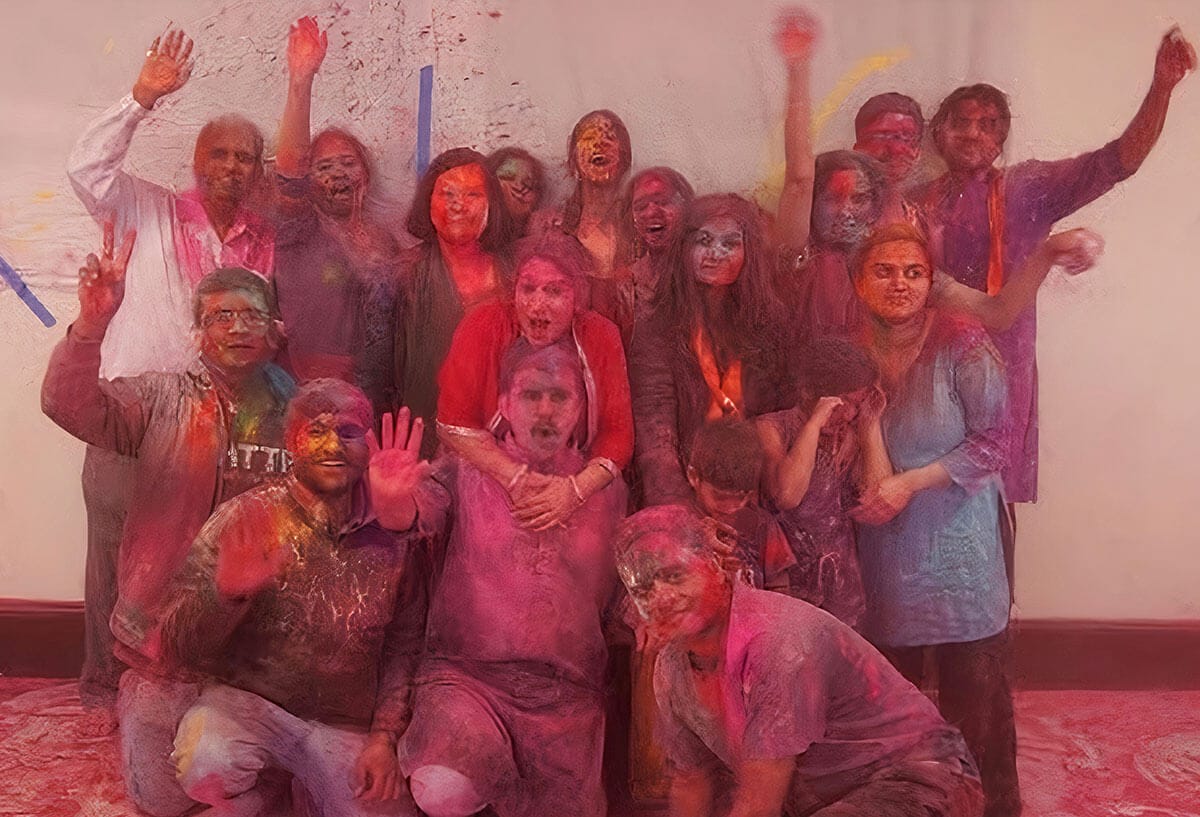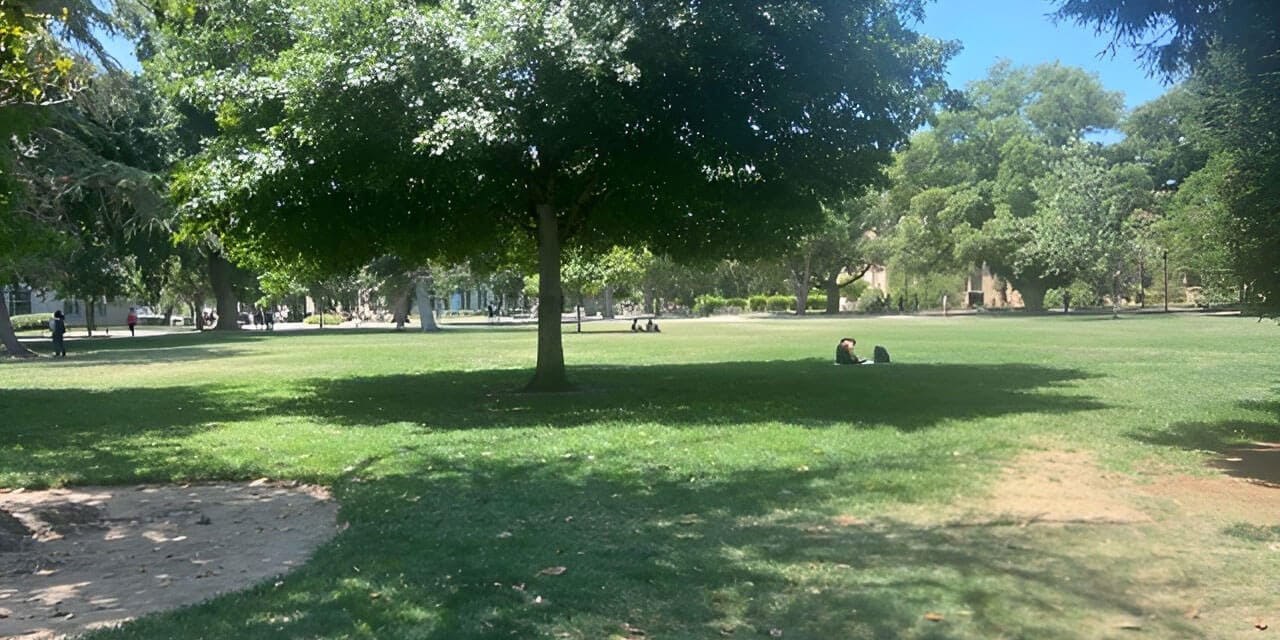
Holi – The History of the Festival of Colors

Color brings a happiness into one’s life that very few other things can. An easy example of this is how the sky’s color can affect someone’s mood or motivation. I don’t know about anyone else, but at least for me, waking up and seeing a dreary, overcast day makes me even more reluctant to get out of bed and start working. On the other hand, if I wake up to a bright, sunny day with clear blue skies, I typically have more energy, and at the very least would be looking forward to getting outside and enjoying the beautiful weather!
Holi, an Indian traditional festival, embodies this joy and beauty of color, and celebrates unity as well as the triumph of good over evil. With mentions as early as the 4th century, it is likely one of the oldest religious festivals still celebrated today. It will be observed on March 25th this year and is one of my favorite times of the year!
Though Holi is celebrated by most (if not all) of the Indian subcontinent, different places can celebrate it in different ways. For example, larger communities may get together and light a bonfire before Holi officially starts, representing “burning” evil out of the world. Families may spread just a pinch of powder on each other’s faces or dump entire buckets or empty water guns filled with colored water. Adults may be more religious about it and celebrate Holi by praying to and worshiping the god or gods they believe in, whereas children tend to be more relaxed about it, and just enjoy chasing their friends around. People celebrate it with friends, family, and even strangers, and enjoy the festival for a full day and night. And no one skips indulging in some delicious Indian sweets afterwards!
The colors used in Holi are traditionally natural colors as well, limiting any adverse reactions people may have to chemicals or additives – for example, henna is the main component in green, turmeric or haldi powder is used to create yellow, beetroot is used to make pink, and so on and so forth. Holi isn’t even just limited to India; places in Pakistan, Indonesia, Fiji, and even here in the United States take part in the festivities. What more proof is needed to show that the values of love, unity, goodness, and freedom that Holi represents can be embraced beyond Indian borders?

As someone with Indian heritage living in America, staying in touch with my culture is extremely important to me. Since most of my family lives in India besides my parents, I don’t fully get the experience they had, of growing up with everyone in your community dressing, thinking, and celebrating in the way that you do. It is a privilege I wish I could have, but the lack of it is also part of the reason I love sharing my culture with other people. Not only do I get to spread the stories and values of my culture, but seeing my friends and peers respect and even celebrate my festivals alongside me helps me feel more secure in my identity. I am excited and blessed to be able to spend these traditional festivals with my family, and I intend to do so for as long as I can! With all that being said, I hope that you can find some small way to celebrate Holi and its values this year as well. Holi Mubarak – Happy Holi!
Do you have a compelling story or student success tips you’d like to see published on the Pearson Students blog? If you are a college student and interested in writing for us – click here to pitch your idea and get started!



